‘We can only die once, so what’s there to fear?’ In war-stricken Sudan, humanitarians persevere to tackle famine
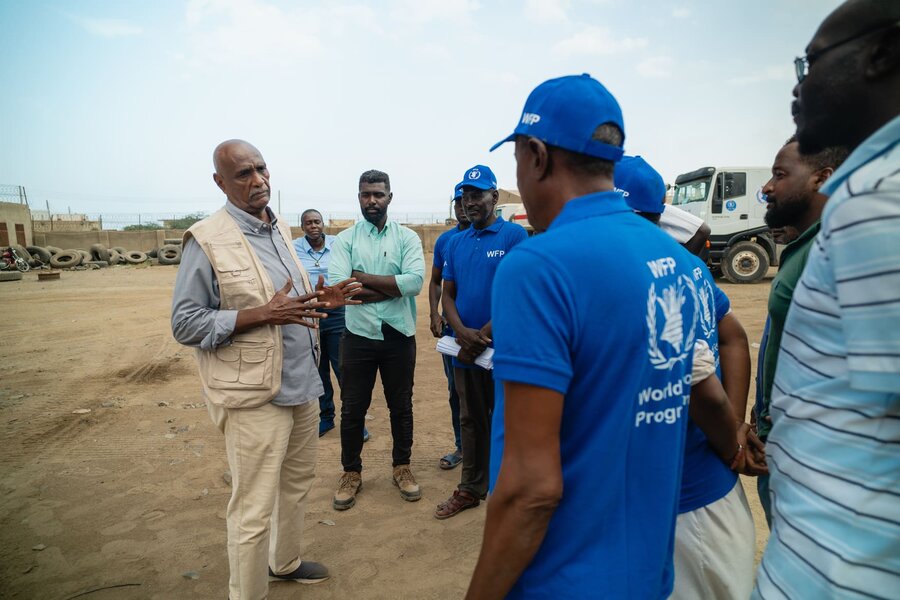
Little Ahmed hasn’t eaten a proper meal in days. He’s lucky when he gets anything to eat at all. Like many here at Zamzam camp for internally displaced people (IDPs) – one of several areas in Sudan where famine was confirmed in 2024 – he survives on leftover paste from the production of peanut oil.
Ahmed and his three siblings are orphans, fending for themselves after losing their parents in Sudan’s war. The pangs of hunger, the fear of violence and the struggle for survival have become the norm for them since the conflict erupted nearly two years ago.
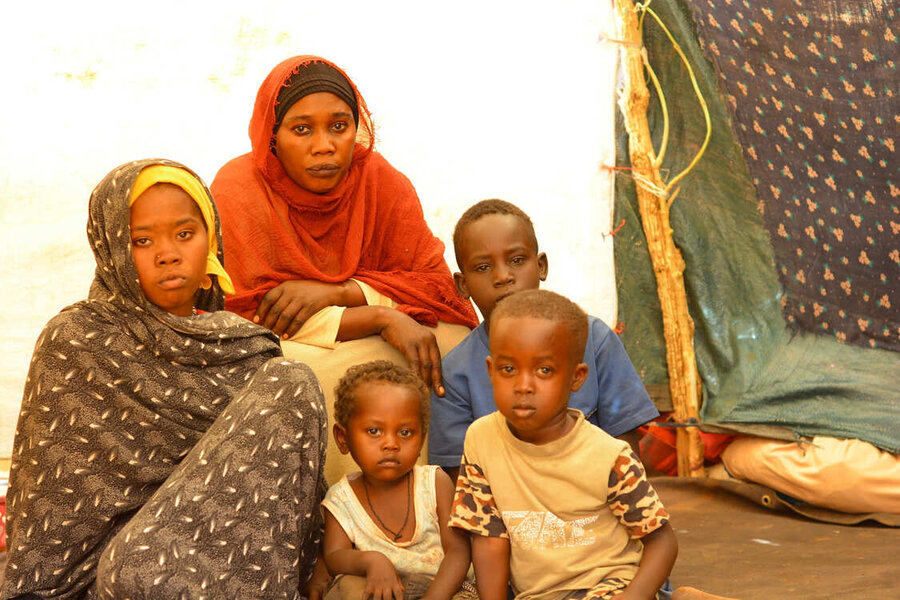
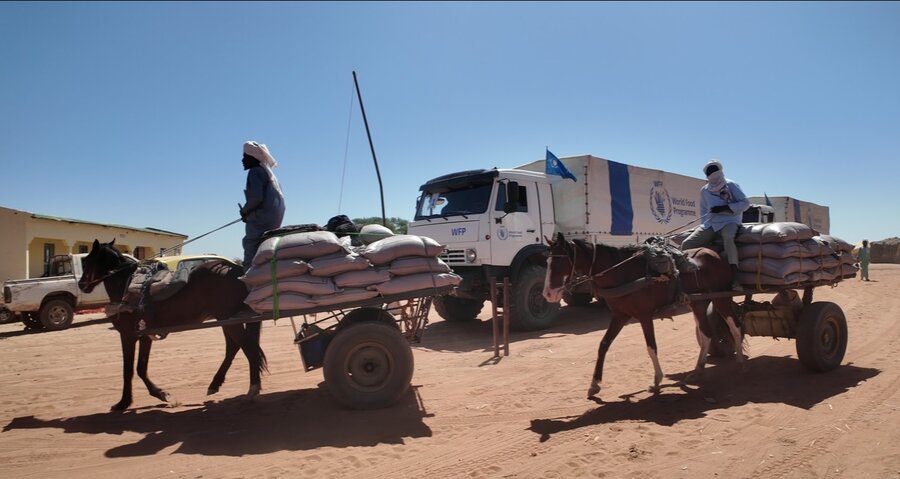
But hope is rolling towards him from hundreds of kilometres away. Jamal, a World Food Programme (WFP) security staffer, leads a convoy of aid trucks to Zamzam from Adre in Chad across battle frontlines in war-torn Darfur. Jamal is accompanying drivers determined to get assistance to their compatriots, despite the risk to their own lives. It is a feat WFP has not achieved since April, after conflict, insecurity and rains cut off Zamzam from aid for many months.
“I was ready to go and I felt excited. I was full of intention and dedication to get support to my people there,” says Jamal.
It takes a couple of days to get the necessary permissions to secure safe passage onward from Geneina, the capital of West Darfur. With approval documents in hand, Jamal, a crew of drivers and 15 WFP trucks start their long journey to people facing starvation.
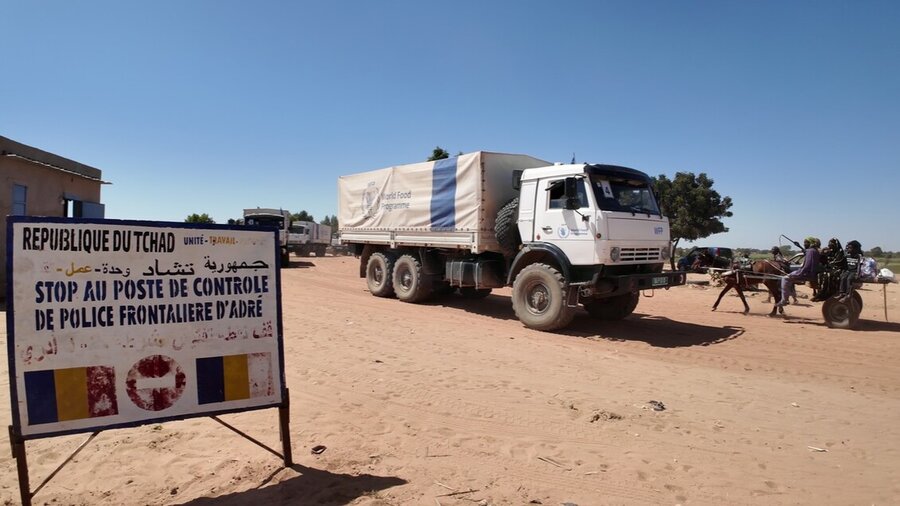
Checkpoints dot each leg, with more than 40 stops on the 500 km stretch. Jamal and the team encounter armed men without any leverage except a signed piece of paper with a stamp, and their vital humanitarian cargo. Jamal says the document helps convince the men carrying guns to let them pass safely.
There is no time for fear. “We are used to dealing with this,” says Jamal. “At any time we could get shot, kidnapped, beaten or killed. But we can only die once, so what’s there to be afraid of?”
For a gruelling two weeks the crew forges onward, across winding dirt roads, up mountains and rough terrain, passing through remote areas that seem to be a no man’s land where armed men could jump out of the bush at any moment.
They sleep wherever they find a place to stay and eat what’s offered, relying on the generosity of colleagues or communities they encounter along the way. Sometimes, they have to sleep out in the open.
A truck breaks down in Zalingei, Central Darfur, about halfway through the journey across rugged terrain. A spare part – which will take days to arrive from Chad – is needed for the truck to be fixed, so the convoy can continue.
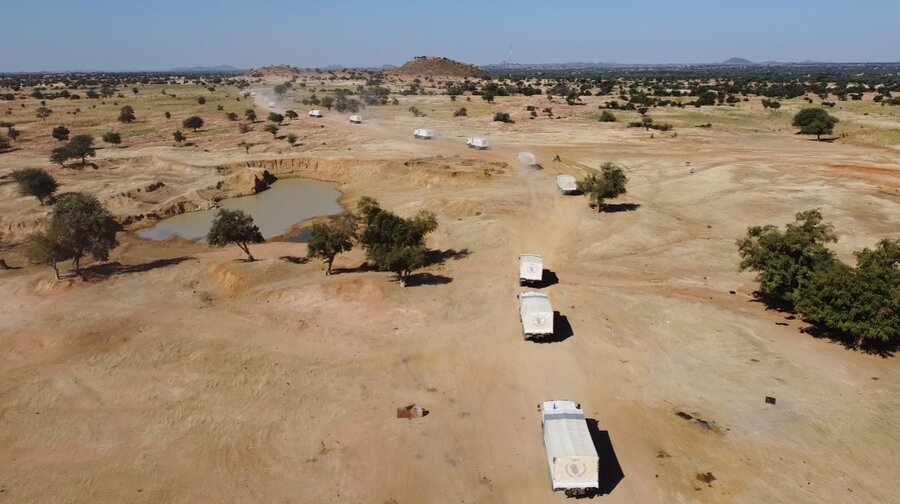
Eventually, the vehicles are on their final stretch from Tawila in North Darfur through the savannah. As the first trucks in many months roll into Zamzam in November, Jamal asks the drivers to slow down. Crowds gather and cheer. Women ululate.
People are smiling. Assistance has finally arrived and, along with it, hope that the world has not forgotten about them.
“It was heart-wrenching to see people crying in desperation or sick because of lack of food – especially women and children,” Jamal recalls.
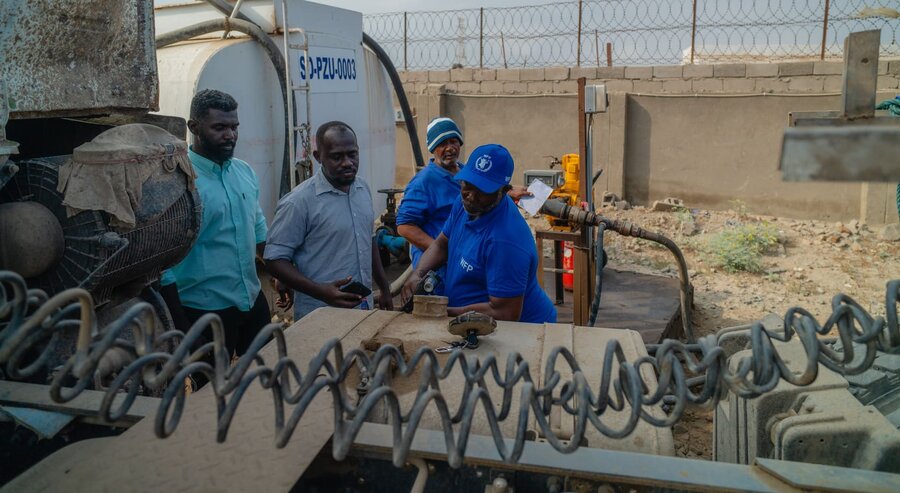
Ahmed and his siblings counted among those the WFP team met. Like thousands of children at Zamzam, the dark cloud of this conflict casts a shadow over their future. The horrors of war and famine have become familiar to them, but convoy leader Jamal is determined to turn that around.
“I felt proud that we made it and to have the chance to help my people. It motivated me to do even more, and I’m ready to risk my life again to help them,” Jamal says.
In the past few months, 130,000 people at Zamzam have received support from WFP – via vouchers they can redeem from the local market and now, finally, the direct delivery of WFP emergency packages containing a monthly supply of cereals, pulses, oil and salt.
The significance of starting to open up a regular route for humanitarians to safely deliver assistance to the famine-struck camp cannot be overstated. Jamal is currently making the long journey from Adre to Zamzam with another convoy of food aid – a critical part of getting a constant flow of aid through and turning the tide of famine. Against all odds, he is determined to put his people first.
